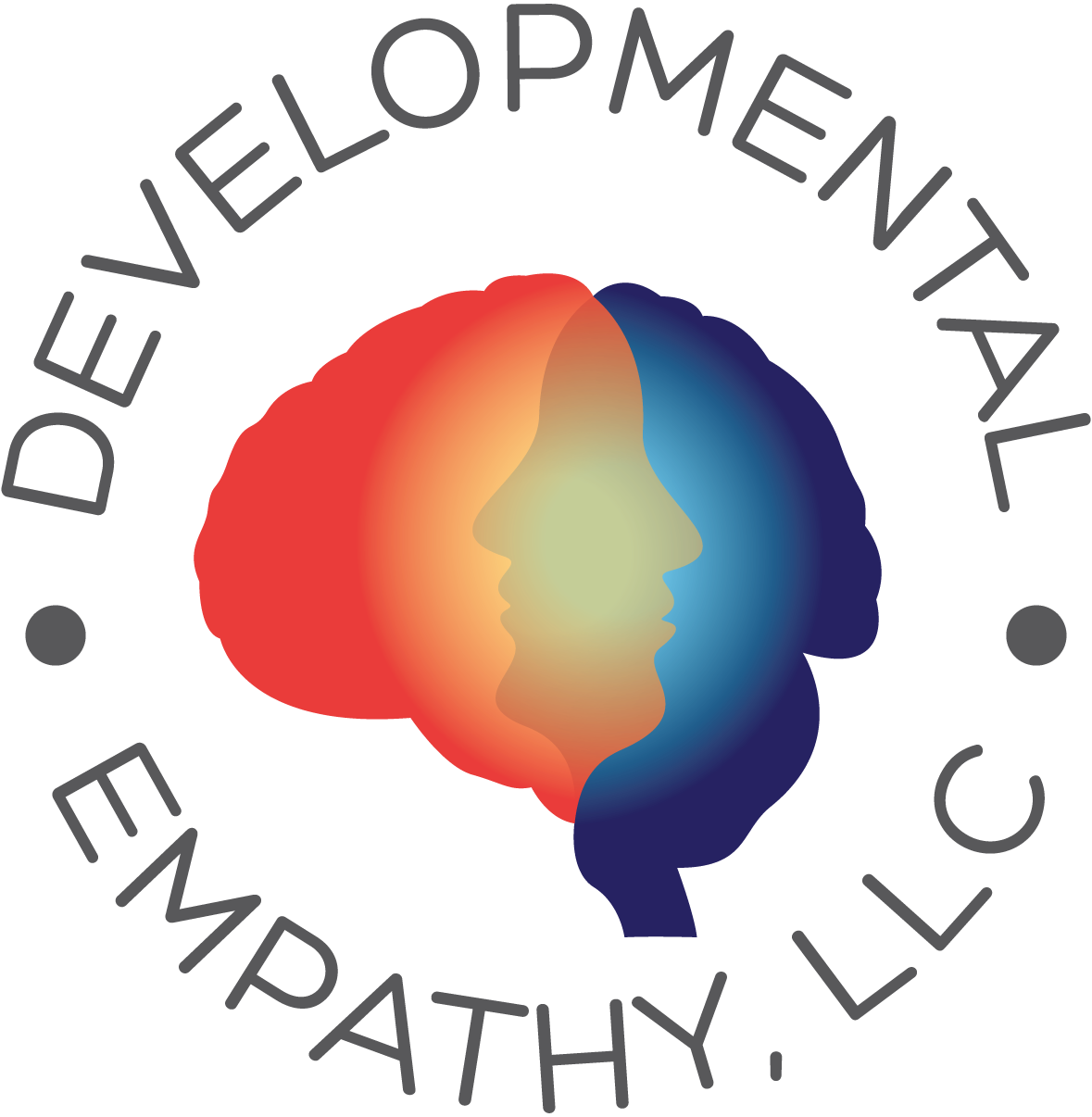
At What Cost?
In many high-achieving secondary schools across the US and all around the world, schools that were recently termed “epicenters of overachievement” [1] where students “hear the overriding message that only the best will do in grades, test scores, sports, art, college…in everything,” [2] too many students are being unfairly demanded of – itself, a kind of developmental indifference – and consequently, they feel overscheduled, overworked, and frequently overwhelmed. Regrettably, these conditions often lead to debilitating anxiety and depression, and to a host of dangerous manifestations of those conditions: substance abuse, eating disorders, sleep deprivation, cutting and other forms of self-injury, and too often, suicide.
Why is this? Why do so many adolescents seem to be crumbling under the weight of so much pressure? Thanks to the wonders of neuroimaging over the past ten to fifteen years, we now know more than ever before about adolescent brain development. Because of these extraordinary neurobiological insights, we now know that adolescents’ brains have not yet developed the adult-like capacities to manage the relentless, competing and high-pressured demands they face every day. Something is very, very wrong here. At what cost do we continually expect “only the best” from our adolescents?
As a psychologist who has worked with these pressured students for many years, I have grown increasingly alarmed by the frequency and intensity of these students’ conditions. With this blog, I will be contributing vignettes, stories and relevant articles to promote “developmentally empathic” practices for teachers and parents of adolescents. Further, I invite comments and stories that draw necessary attention to these issues, and that underscore our need to think and learn together, and to promote changes that reflect educators’ and parents’ sympathetic understanding of adolescents’ true capacities.
[1] Bruni, F. “Best, Brightest – and Saddest.” New York Times. April 11, 2015
[2] Richtel, M. Push, Don’t Crush, the Students. www.nytimes.com. April 24, 2015

